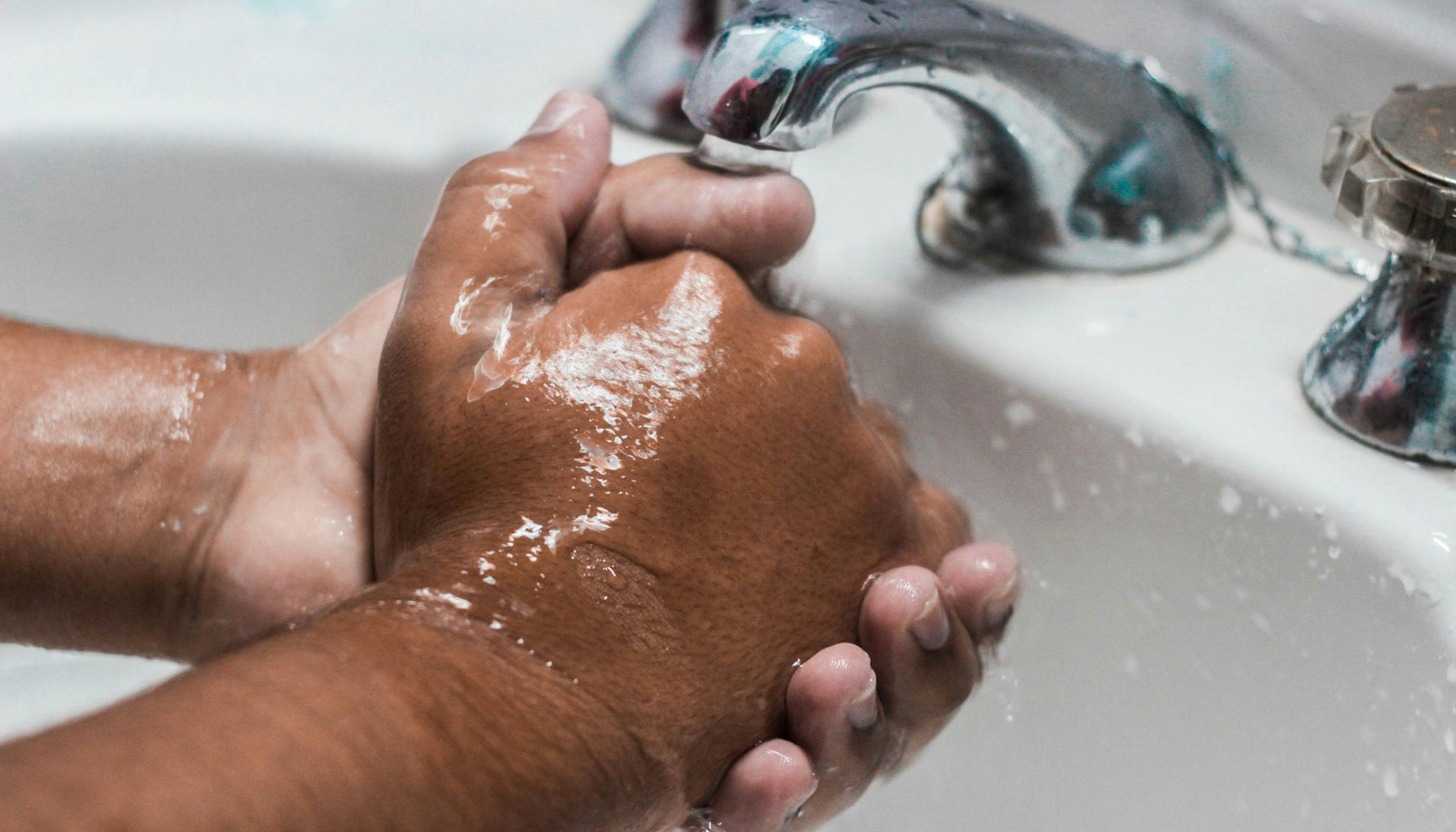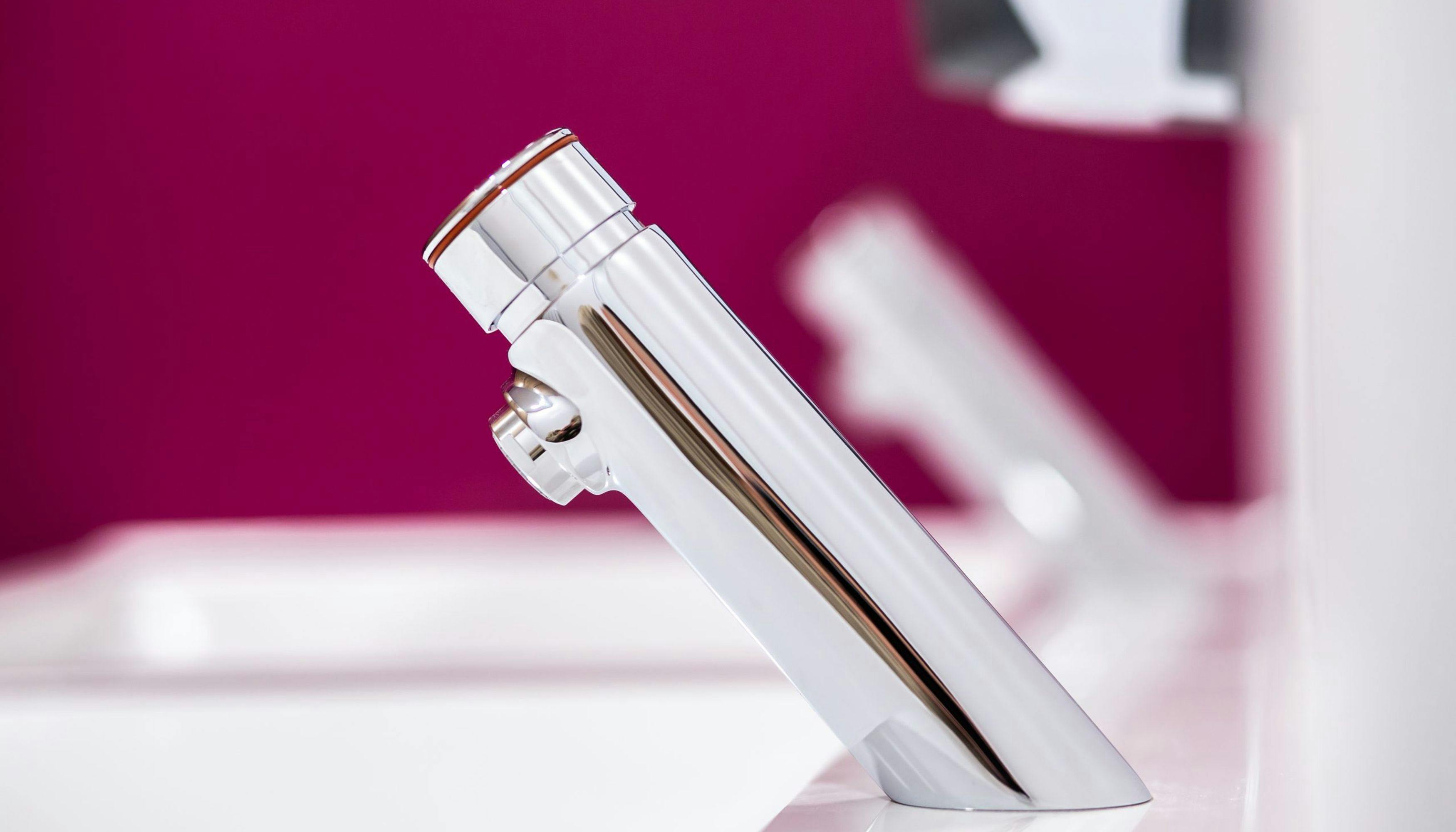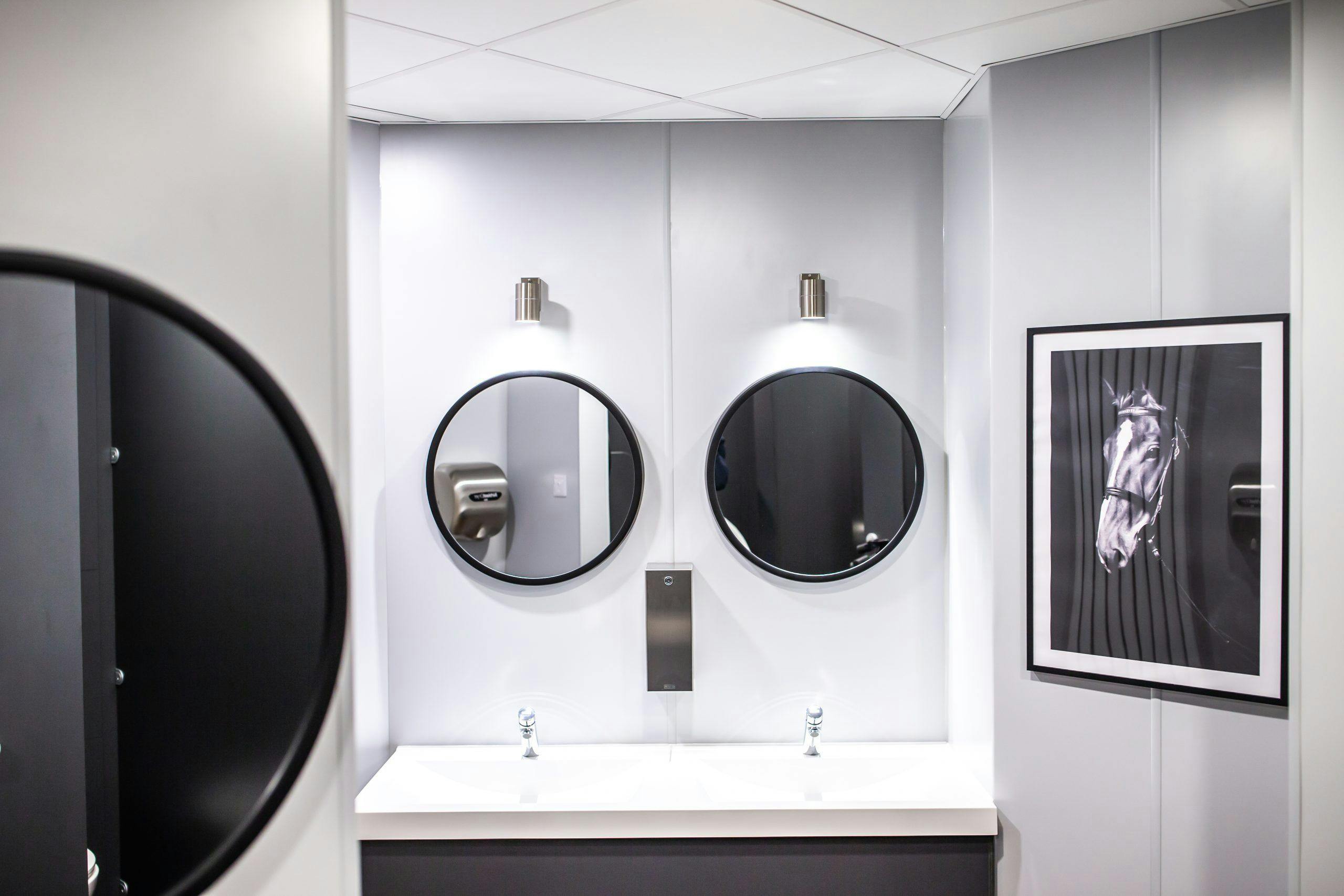Upholding a high level of washroom hygiene is essential for all those who come into contact with the space, the building itself and the wider general public. Not only do you naturally want to present a clean and professional space to your patrons, but controlling the spread of bacteria is also a top consideration.
As leading washroom installers working across the UK, we’ve put together the following guide so that you can keep your washroom in tip-top condition.
Typical Washroom Locations
- Concert Venues
- Medical Facilities
- Offices
- Public Buildings
- Restaurants
- Retail Malls
- Schools
- Sports Facilities
- Transport Hubs
Appoint A Facilities Manager
In some cases, your washroom patrons intend to make every effort to wash their hands and uphold a high level of hygiene, but the washroom itself is preventing them from being able to do so.
Specifically, problems such as a lack of hot running water, empty soap dispensers and broken hand dryers are some of the most common issues. That’s why your washroom must have a facilities manager appointed to check the stock levels as well as the overall cleanliness.
For particularly large or busy washrooms, it’s also worth hiring a permanent cleaner who can do hourly sweeps of the washrooms, to wipe down surfaces and ensure the facilities are clean. With such a good example set by you, excellent hygiene is more likely to follow from your patrons.

Education
For the likes of schools, medical facilities or businesses where food is prepared, there is an opportunity to educate your staff or pupils about the importance of handwashing. After all, most people pick up on the habits of those around them, and if they have grown up or worked in an environment where handwashing isn't prioritised, they may not understand the importance.
As well as teaching the property handwashing method (which may also be a legal requirement who anyone who handles food), some of the statistics you may wish to share with your washroom users include:
- The average person comes into contact with 840,000 germs every 30 minutes
- Only 5% of people wash their hands correctly
- Approximately 33% of people don’t use soap when washing their hands
- Only 20% of people wash their hands before preparing food
- Improper handwashing contributes to 50% of all foodborne illness outbreaks
- Damp hands are 1,000 times more likely to spread bacteria compared with dry hands
- The majority of bacteria can be found on the fingertips and underneath the nails, where most people neglect when washing their hands
Signage
It might feel primitive to have to remind people to wash their hands via signage, but given not everybody does so, let alone correctly or for the right length of time, it certainly can’t hurt to try.
Whether you use industrial-style signage in food preparation areas or place polite notices within the washrooms, signage also shows your patrons that you take hygiene and cleanliness seriously.
Another great tip is to add a note to the signage, asking washroom users to notify a member of staff should the washroom not meet their expectations, which will also help eliminate any potential hygiene problems. These signs may also come with easily accessible cleaning equipment such as antiviral wipes, tissues, hand sanitisers or masks.
Update Tired Washrooms
Washrooms that haven’t seen so much as a lick of paint in decades don’t just look dated, they could be difficult to clean thoroughly, and may also be contributing to the spread of bacteria.
For example, taps, toilet flushers and hand dryers can now be built with motion sensor-activated technology, meaning the user doesn’t have to physically touch the item to use it. This means fewer germs are spread between surfaces. When you think about it, having a tap you have to turn on with dirty hands and turn off again with clean hands (thereby touching the surface you just touched with dirty hands) makes little sense anyway!
Aspects such as cubicle doors, floors and sink surfaces may also be difficult to keep clean, especially if they cannot withstand hospital-grade disinfectant, which is typically used in most public washrooms.
An added bonus of a new washroom? You can add plenty of personality into a new washroom, whether you’re after something bright and colourful or sleek and sophisticated.

Washroom Installation UK
Having a clean washroom environment that promotes excellent hygiene practices starts with the washroom itself. Inspired Washrooms installs washrooms across the UK. Some of our projects include office toilet refurbishments, school toilets, hospital washrooms, disabled access toilet refurbishments and much more.
If you are interested in installing a washroom in your building, or if you’d like help or advice on anything we’ve mentioned above, we’re here to help!
Please get in touch on 0115 811 4242 and our friendly team will be in touch.

